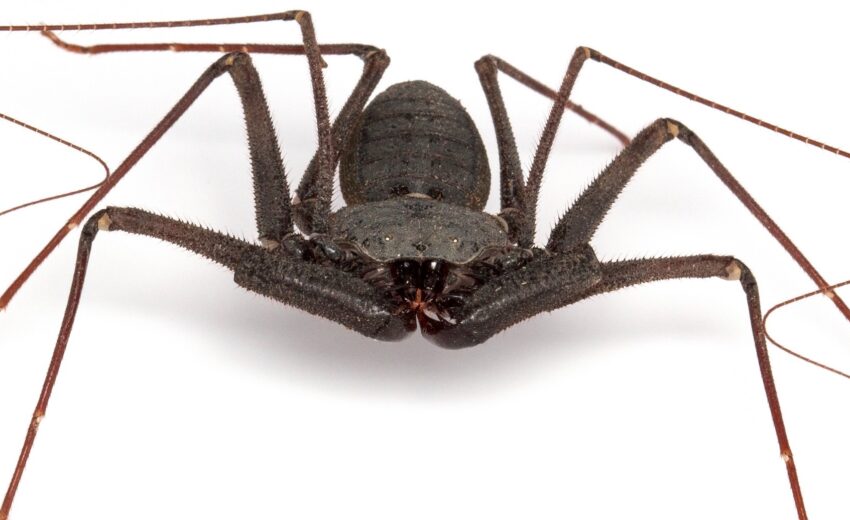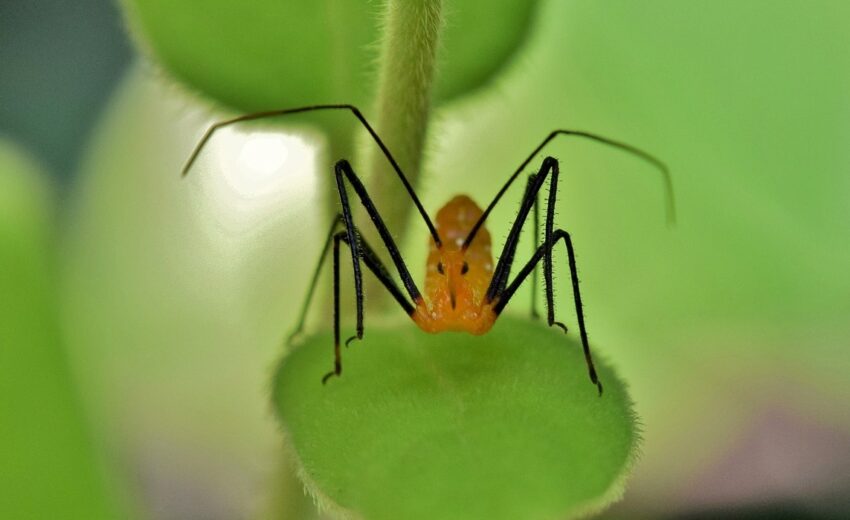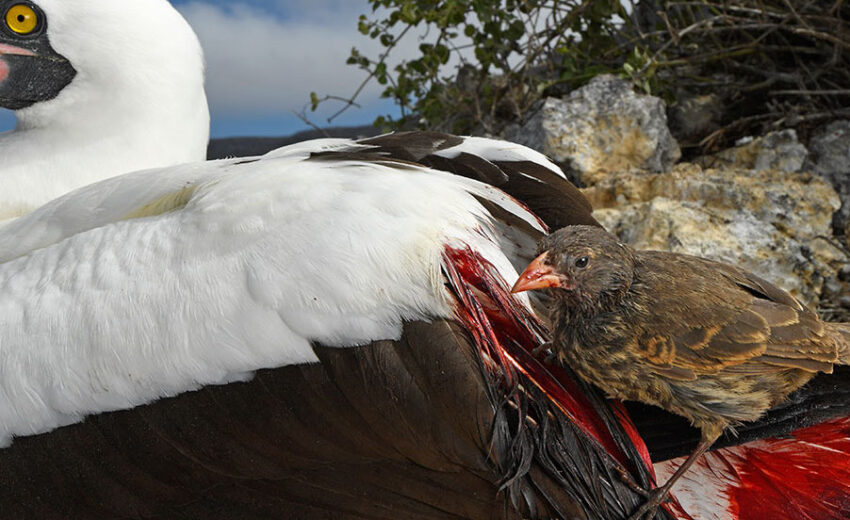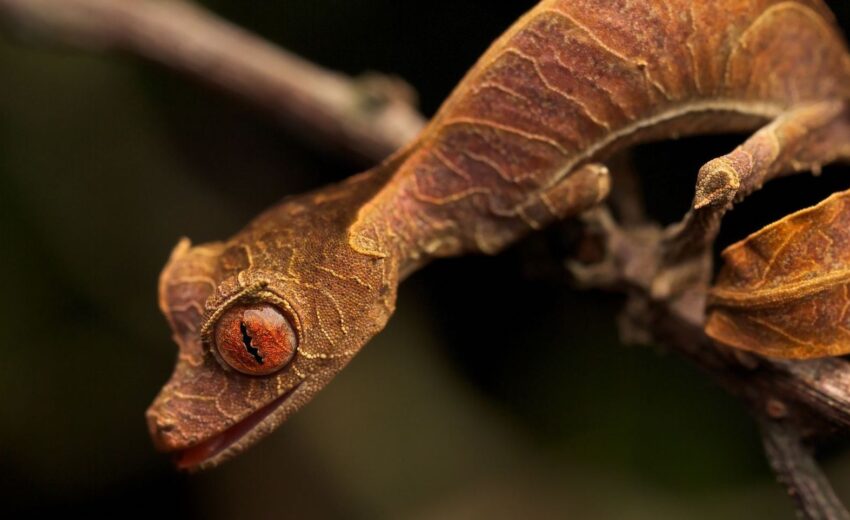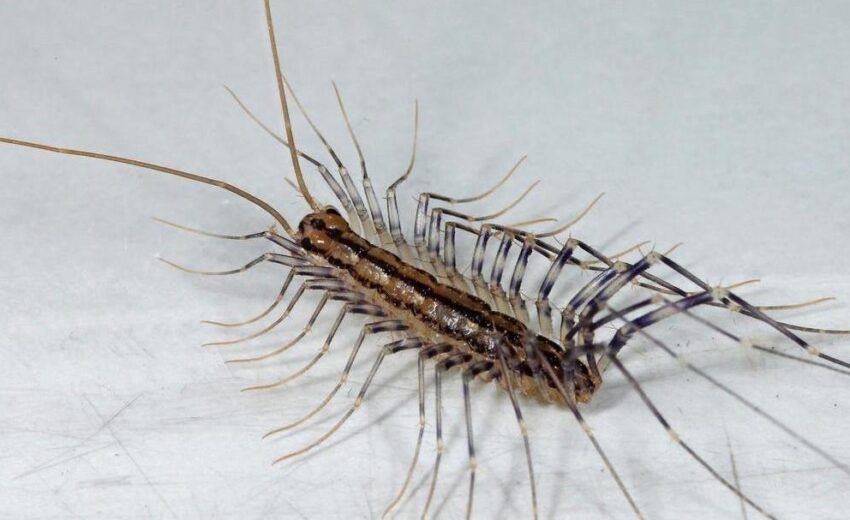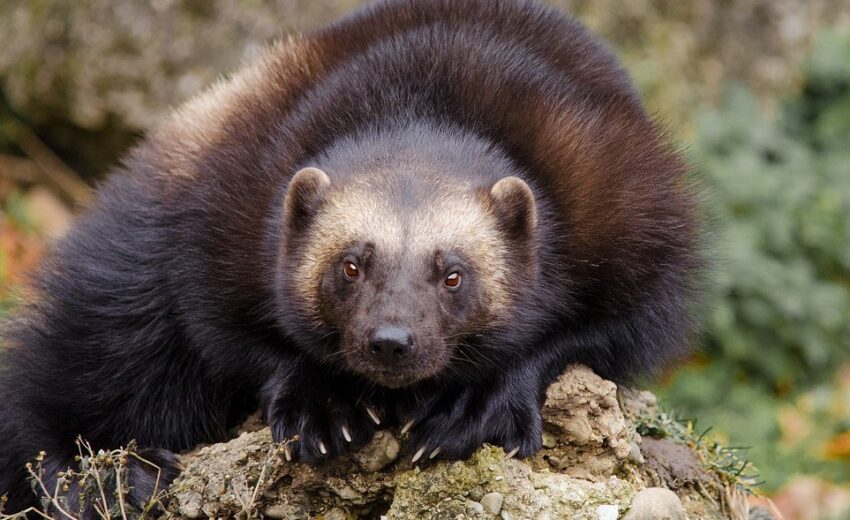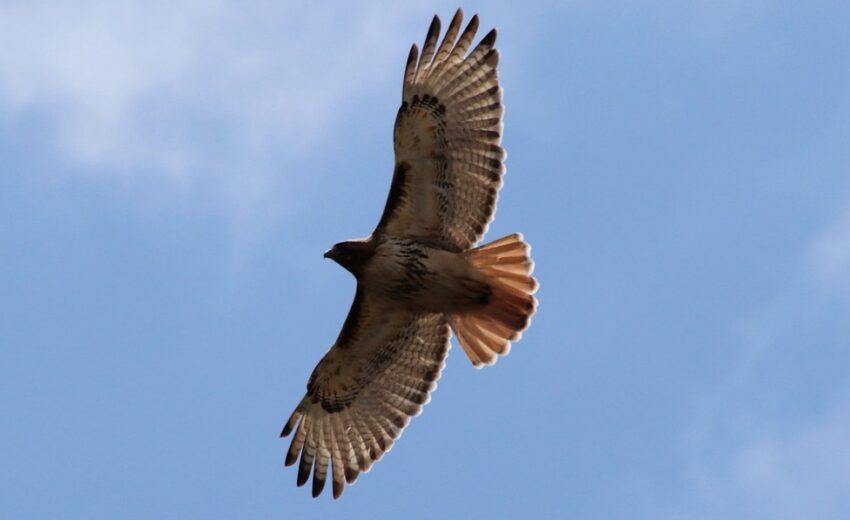The tailless whip scorpion, aka the whip spider, looks a little like a cornucopia of different types of arachnids. With long, skinny legs they look like a spider, but nope. It’s not a
- Zoology
- Daily Critter Facts
- For Teachers
- Study Guides
- Diseases & Parasites
- Contact


